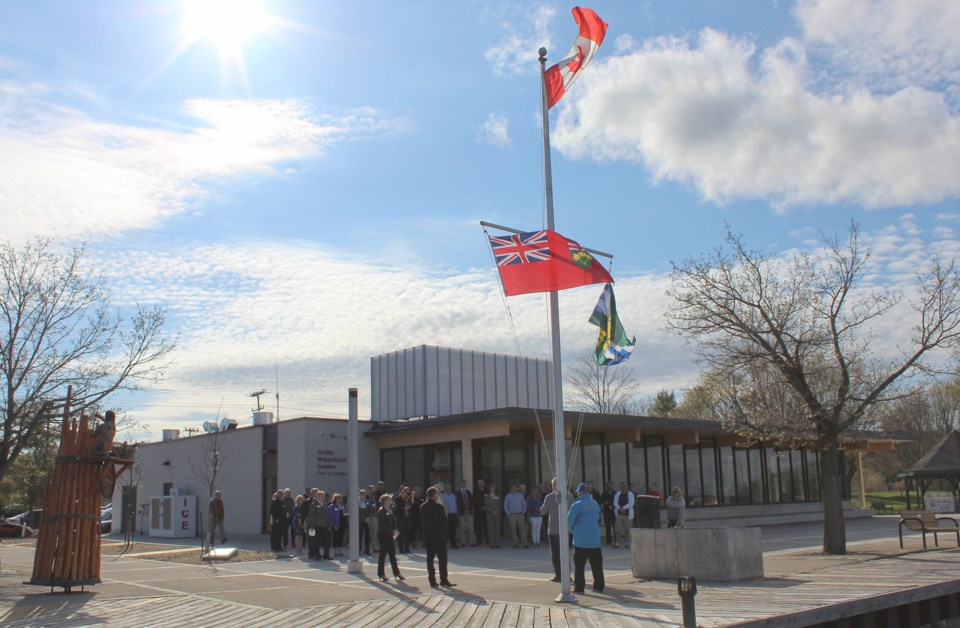OrilliaMatters received the following letter from Jeffrey Holec regarding the city's waterfront development plan.
***********************
I recently attended a public meeting regarding a bylaw amendment for the properties which I shall collectively refer to as “the waterfront.” The meeting was well attended by a variety of stakeholders, all of whom presented valid opinions on the future of the waterfront as a major asset of the municipality.
It was ironic that concerns voiced by more than one stakeholder were adequate parking and volume of traffic, both current and anticipated. This was on the morning that the city’s Transportation Master Plan survey was opened to the public, demonstrating that council and staff were already apprised of the importance of the issue, and that residents had a means of expressing their views on the matter.
In any event, a variety of concerns were voiced from different perspectives, from near residents to those from an international experience of reference. Consequently, comments ranged from illegal parking in front of private driveways to sweeping visionary statements.
While I am certain that all such comments were heeded by our council and staff, the purpose of the bylaw amendment was not to address such matters in detail. The amendment is only a step in the process of the evolution of the waterfront, not a final development plan.
If I may offer some thoughts based on my 40 years’ experience in local, regional and provincial public affairs as staff, consultant and an elected official:
First, we must recognize that growth, or “development,” cannot be stopped. And as we have seen with recent political events, municipalities are not masters of their own fate. The best we can do is to control the nature and pace of development.
Second, developers are not interested in plundering and pillaging our natural assets. The things we value are what they will sell to their markets. But they are in business to make money, period. Their main concern is ROI — return on investment.
Now, one may think that developers will be lining up to destroy our waterfront, but that may not be the case. I spent over three years as a member, then co-chair of the Royal Canadian Legion Branch 34 property development committee.
We were seeking a developer-partner for the Legion’s waterfront property. Two walked away from the project because they could not realize an adequate ROI due to the nature of the land. The third recently went out of business.
Among other concerns, the reality they all faced was the nature of the waterfront property itself.
Under parts of that land lie a variety of fill unsuitable for building — sawdust, wood chips and other logging-era debris — and the ever-present high water table. The high cost of hydrogeological studies required before any proposal could be made was an issue to all involved.
As an example, Esso recently spent millions to remediate the one small property adjacent to the Legion, resulting in a retail value set at $1 million — a serious challenge for any developer looking for its ROI.
So, I would suggest that at this point it would be in all our interests to step back and let the process go ahead to the point at which we will have opportunities for much-needed and well-thought-out input into what actually happens to our waterfront.
Jeffrey Holec
Orillia



